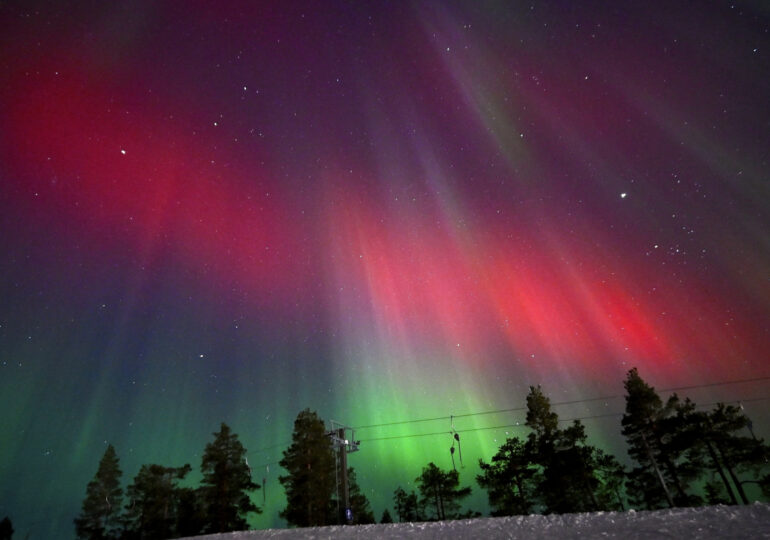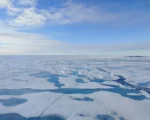Italy and Switzerland Agree to Shift Shared Border Due to Melting Glaciers

Italy and Switzerland have reached an agreement to adjust their shared border under the iconic Matterhorn Peak, a prominent feature in the Alps overlooking the popular ski resort of Zermatt. This decision, finalized by the Swiss government and pending approval from Italy, highlights the significant impact of climate change on national boundaries traditionally defined by natural features.
The border changes were first agreed upon in 2023 and were officially approved by the Swiss government recently. As glaciers and snowfields, which often define such borders, continue to melt due to rising temperatures, national boundaries have become increasingly fluid. The Swiss government explained, “With the melting of the glaciers, these natural elements evolve and redefine the national border.”
Europe is experiencing the fastest rate of warming globally, and its glaciers are particularly affected. In Switzerland, glaciers lost 4% of their volume last year, following a record 6% loss in 2022. Matthias Huss, a glaciologist at ETH Zürich and director of the Swiss glacier monitoring network GLAMOS, reported that glaciers are continuing to diminish rapidly. “In 2024, glaciers continued to lose ice at a high speed despite much snow in winter that was expected to bring some relief,” he noted, emphasizing that some smaller glaciers are disappearing entirely.
The melting glaciers not only threaten the geographical landscape but also increase the risk of landslides and collapses. This issue was tragically underscored in 2022, when 11 individuals lost their lives due to a glacier collapse in the Italian Alps. Furthermore, the retreat of these glaciers has led to unsettling discoveries, including the recovery of a mountain climber’s remains who had been missing for 37 years near the Matterhorn.
As glaciers recede, their ability to supply vital freshwater diminishes, which could exacerbate water shortages during extreme heat waves. Huss pointed out that the shifting of national borders is merely a “small side-effect” of the larger consequences of glacier melting. However, the visibility of such changes in the world map serves as a stark reminder of the profound transformations brought about by climate change.
The agreement to shift the border marks an important acknowledgment of the realities of climate impact on geographic and political landscapes, as nations grapple with the evolving effects of a warming world.





















